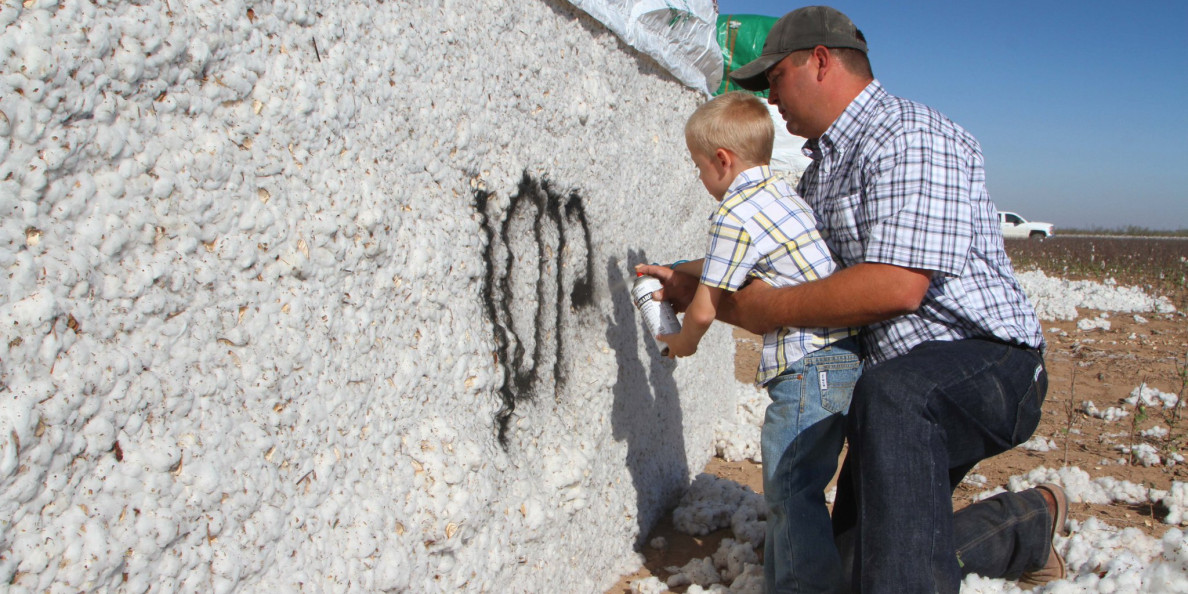Cotton:
Expectations point toward more acreage for cotton this year. Planting in South Texas is underway, though the western part of the state is still too dry, and the Southeast and Delta regions have been experiencing storms and wet weather.
Despite the higher expected acreage, yields should be lower than last year and abandonment rates should be higher. Combined, this should result in a decrease in overall production.
Stocks in the U.S. are projected to end at 5.5 million bales which is the highest in 10 years, and the U.S. isn’t alone. With the exception of China, stocks globally have been increasing since 2016. The U.S. remains the largest exporter of cotton, but is facing increased competition from other global cotton regions.

The high levels of stocks being carried over will drive farm prices down to a range of 58 to 68 cents per pound in 2018/19 compared to 69 cents in 2017/18.
Aside from other cotton exporters, the cotton industry continues to face competitive pressure from synthetics. The ratio of cotton to polyester prices remains high, but it is beginning to shift in cotton’s favor. Consumer trends toward “athleisure” apparel and trimmer fitting clothing continue to dampen demand. However, growing global textile demand in areas like Central Asia and China are enough to offset these factors.
Prices for cotton have improved relative to other crops, but cottonseed prices have fallen. The lower seed prices increase the net cost of ginning which has put pressure on the gins. Increasingly, the industry will be focused on not only the value of the cotton fiber and the seed, but the combined value as defined in the recently amended 2014 farm bill as “the unginned upland cotton that includes both lint and seed.”
Cotton was one of the biggest beneficiaries of the recently passed Bipartisan Budget Act of 2018 when seed cotton was included as one of the covered commodities for ARC and PLC programs. Generic base acres under these programs, which had been cotton base acres prior to the 2014 Farm Bill can be either reallocated to base acres for cotton, other covered commodities or unassigned base.
Πηγή: CoBank

